I've mentioned it before but our typical work week goes from Monday through Saturday, with Sunday being off. The first week I got here was a little different than normal because they were trying to get everything working and ready for the move to ARA2.
After we moved, the schedule became a little more routine. First, we go eat breakfast in the galley.
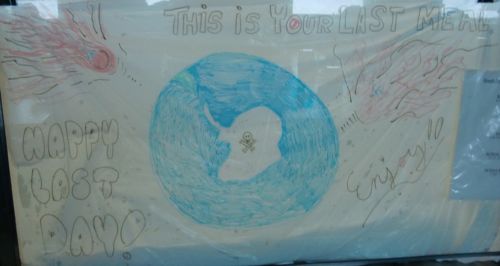
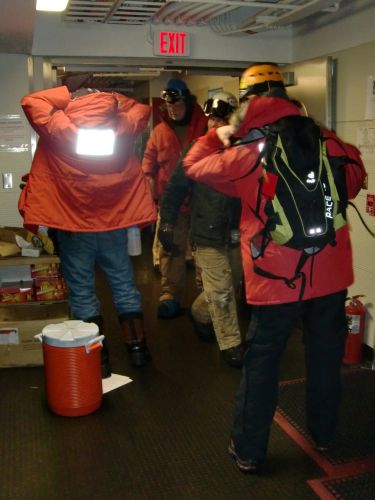
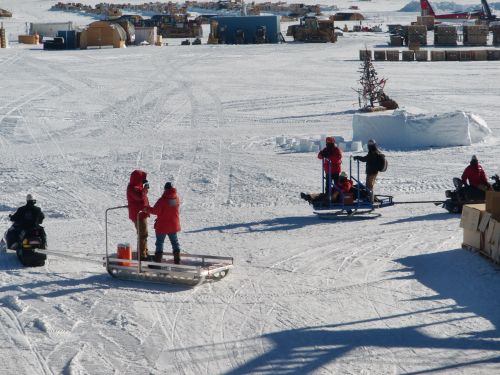
Once we get to ARA2, we usually have a brief meeting about the day's plan. We almost always drill a hole but there are variations on what we do. So, at the meetings, we talk about how we're going to drill the hole - should we go slower through the firn? Do any of the heaters need to be fixed? etc.
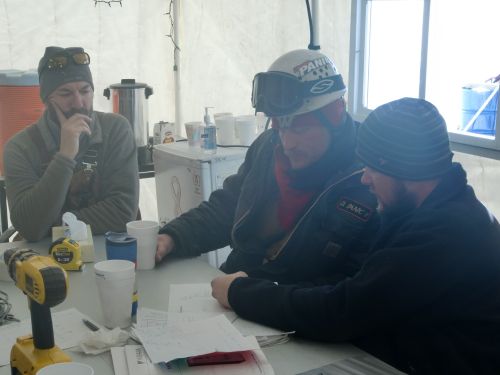
Then, after the meeting, we get everything ready for drilling. To do that, we have an arrivals checklist:
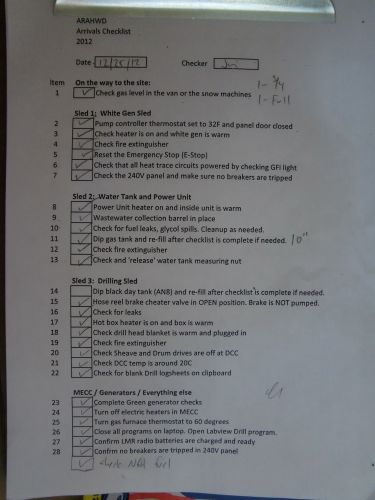
I've done a lot of the stuff that's on the list but often, I'll do the fuel checks to make sure things won't run out of gas. Lately, I've also been doing the generator checks which involves looking at a readout on the generator to see how much power it's using, and what the voltage, current, battery charge, etc are.
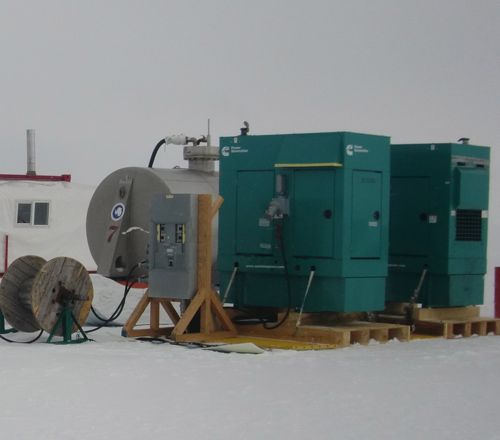
After the checklist, we start drilling a hole in the firn:
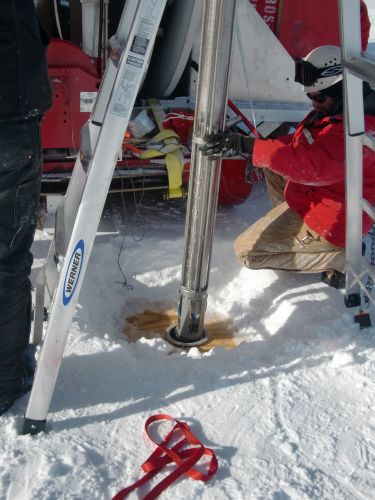
There are a lot of variations of this next part but here's how we started doing it: at around 40m down, the drill has to come back up and have an extension put on so that we can drill more effectively in the deeper ice. The idea is that the nozzle is narrow so it can drill a little hole that fills with hot water. As the drill moves down, the water heats up the ice and the hole gets bigger so that, by the time the regular drill head is there, the hole is big enough for it to go through. The extension hose adds 11m to the drill and it has to be hooked up quickly so that nothing freezes. The drillers have gotten very efficient at doing this.
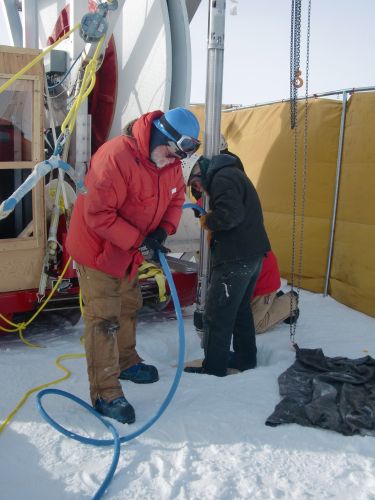
Then, the drill goes back down to 40 m, but a little quicker this time since the hole has already been drilled. Once the drill gets back down to where it was before, we slow it down and start drilling at around 0.7 m/min. Around this point, we also start seeing water in the hole (because, remember, we're out of the firn so the water has fewer places to go and most of it starts staying in the hole. This is another reason we can use the smaller drill. The water will stay in the hole and melt it if we're in ice. If we're in firn, having a small hole doesn't help us much). So, we're also pumping water out of the hole from here on down. The pump automatically starts when there's 2 m of water above the drill head but we can also tell it to pump before that, if we want.
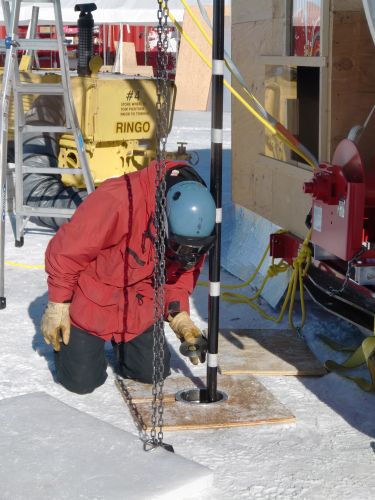
As the drill approaches the 200m mark, we slow down again. We want the hole to be as dry as possible but it's impossible to remove all of the water. So, to deal with that, we try to keep the water level at the bottom of the hole low. Since we can't pump all the water out, we just make the hole wider at the bottom. This gives the water a place to go without having it move back up the hole so the water level is actually lower. This really helps with any water that may leak out of the firn.
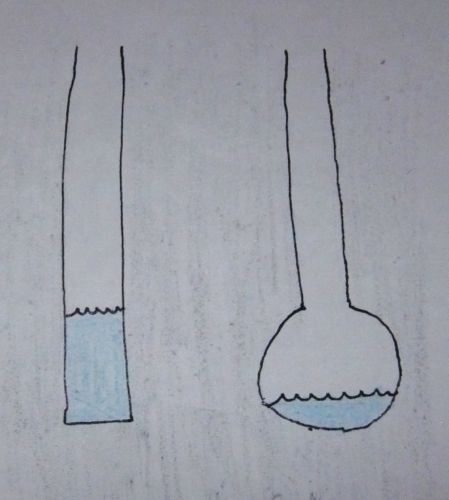
After the hole has been drilled all the way down, we have to bring the drill back up and pack it up for the night. Bringing the drill up the hole takes about a half hour. Once it's at the top, the extension is removed, a recirculating hose is hooked up, the drill is wrapped in a heating blanket, and then it's stored beside the hose reel.
http://youtu.be/E9dq6mqv4oU
So, at this point, it seems like the day would be finished, but there's still a lot to do. We have to move the drill and the auxiliary water tank to the next hole, shovel out snow and drill a pilot hole for the next hole, clean up the MECC (which involves bagging up the recycle and taking it to the snow machine), refuel any generators that need it, download the data from the day's drilling, and turn off (or on) anything that needs to be off (or on). Then, we all pile onto the snow machine sled and go back to station.
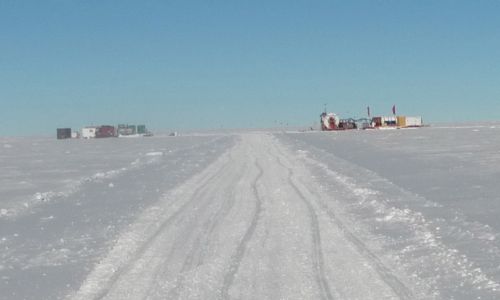
If we're lucky, we'll make it back before 7pm (because that's when dinner ends and the store is also only open from 6pm to 7pm). If we don't make it back by 7, we get to eat leftovers or, if someone was nice, we get plates of food that have been saved from the dinner buffet. Usually, we don't make it back by 7. The last couple of holes have gone quicker though so we did get back before 7 a couple times.
Then, we have a couple hours till bed so we can relax some (by doing the things in my last post). Then, we go to sleep for a few hours, wake up, and do it all again.
It sounds busy (and it is!) but it's a really satisfying feeling to work down here.


Comments